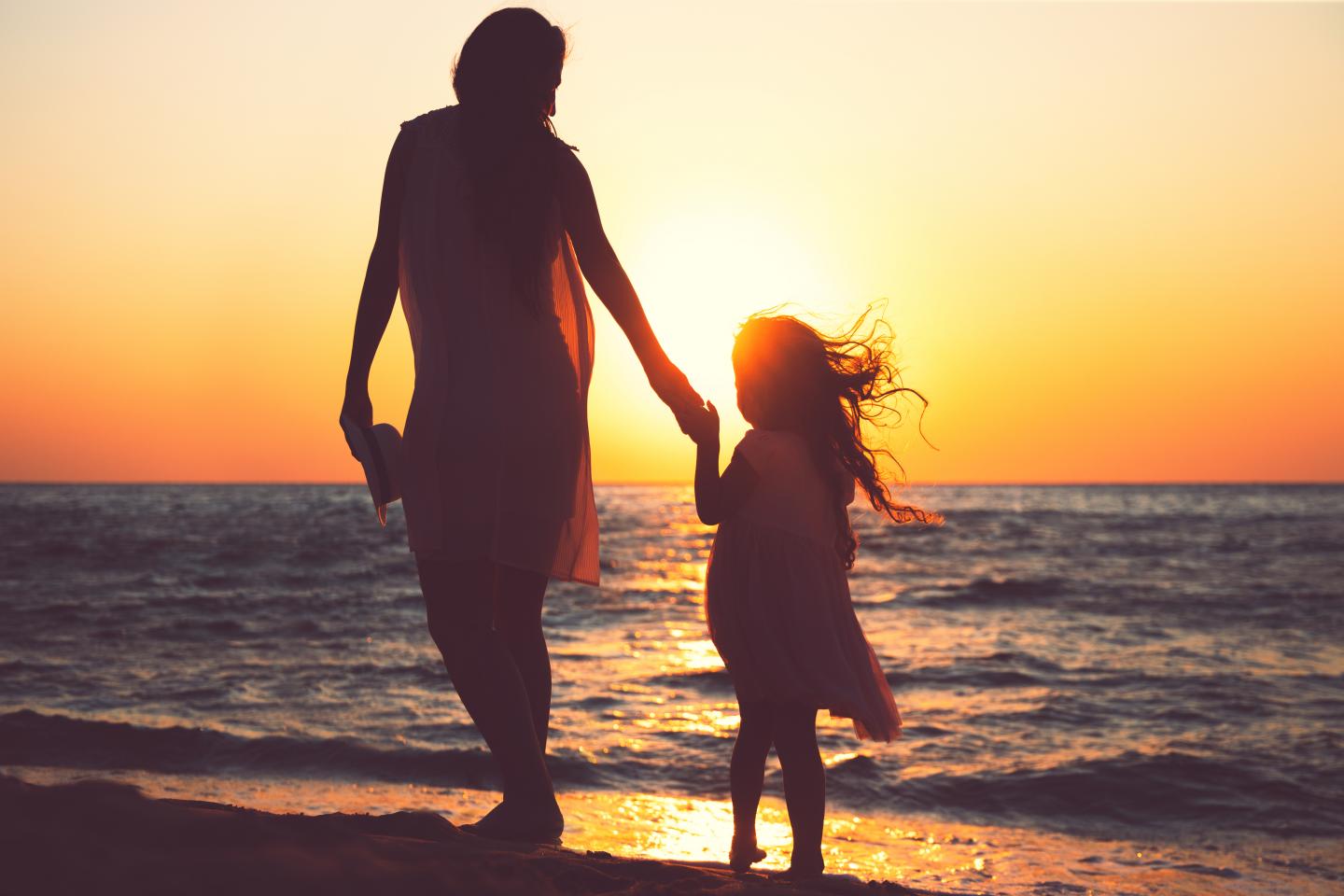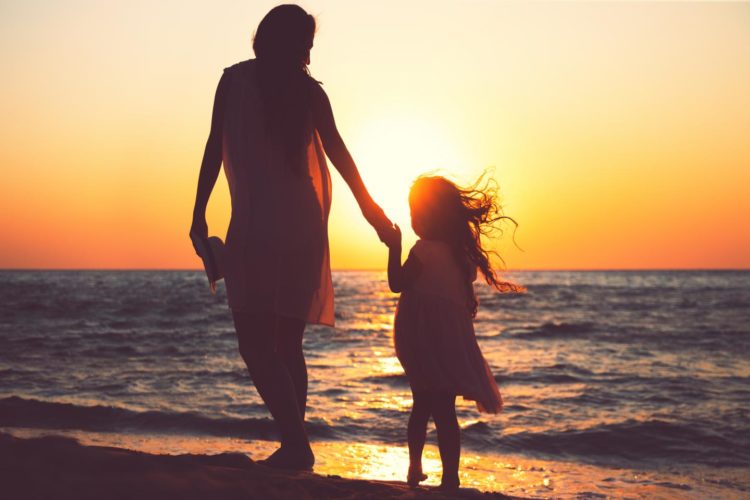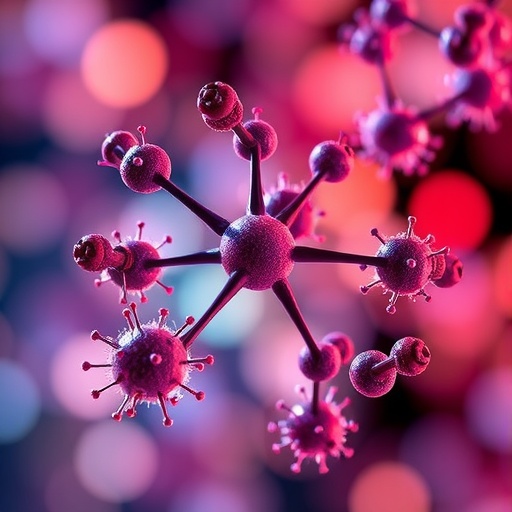Breaking the cycle of child abuse

Credit: Shutterstock/Valentin Valkov
Every child has the right to health and a life free from fear and violence. Yet, each year, millions of children endure inconceivable physical, sexual and emotional abuse and chronic neglect.
Victims suffer enormous immediate and long-term consequences, with impacts extending beyond individuals and across generations. Preventing child abuse and neglect is imperative, yet not enough is known about pathways into child maltreatment and how these can be disrupted.
Now, researchers at the University of South Australia are breaching this gap by investigating predictors of child maltreatment and the factors that contribute to better or worse outcomes for victims and their children.
Funded by the Channel 7 Children’s Research Foundation, and conducted in partnership with Monash University and Centrecare SA, the world-first study will assess intergeneration impacts of child abuse and neglect by examining how a mother’s maltreatment as a child can affect her own children.
The prevalence of child maltreatment is confronting. In 2017-18, nearly 245,400 children were reported to child protective services in Australia, 56,412 children were on care and protection orders, and 45 756 children were in out-of-home care, at a national cost of $5.8 billion.
Globally, one in four adults report being physically abused or neglected as children, and every year, an estimated 41,000 children under 15 years of age are victims of homicide.
Lead researcher, UniSA’s Professor Leonie Segal, says the new research will explore connections between mothers who have experienced child protective services, and a multitude of factors that affect the early-life health and social outcomes of their children.
“Sadly, family violence, child abuse and neglect are common problems faced by children and families in Australia and around the world,” Prof Segal says.
“Consequences of child maltreatment are dire, with victims facing lifelong adversities that impact all aspects of their life – from brain development, to emotional, cognitive and social development – affecting behaviours and health, social and economic outcomes both as a child and as an adult.
“Unfortunately, if things go wrong for the victim later in life, society is quick to blame the perpetrator, when instead we should be looking more deeply to address the root cause.
“We want to break this cycle. Instead of allowing the problem to grow, our team is looking for factors that disrupt inter-generational pathways to child maltreatment and its associated disadvantage.”
Examining a unique longitudinal cohort dataset of 41,763 mother-child pairs, the study analyses thousands of data items including: marital status, birth weights and child health, employment, education, births/deaths, and social domains. The data set includes 24,373 unique mothers of which 35.9 per cent had some contact with child protective services, and 28.2 per cent of children who had some contact with child protective services.
Prof Segal says only by taking a long-term approach and allocating more money to support highly vulnerable children and their families with early intervention services will governments make progress.
“We need to do more for infants and children exposed to high distress before this escalates into disturbed adolescents and young adults,” Prof Segal says.
“To take away the fear and pain, these children often self-medicate with drugs and alcohol exacerbating likely harms to themselves and others.
“Child abuse and the subsequent social, health and economic problems are preventable, but society needs to better understand the causal pathways to ensure the right supports are available.
“Every single family in crisis must have access to a highly skilled interdisciplinary team of social workers, mental health clinicians and other core services that are tailored to their needs.
“We must create a better future for victims of child abuse and neglect, away from that of entrenched disadvantage, characterised by mental illness, welfare dependency, and homelessness, towards one filled with promise and potential.
“Every child deserves this basic human right.”
###
Media: Annabel Mansfield: office +61 8 8302 0351 | mobile: +61 417 717 504
email: [email protected]
Researcher: Professor Leonie Segal office +61 8 8302 2473 | email: [email protected]
NOTES to EDITORS:
This UniSA research aligns with findings from the South Australian Commissioner for Children and Young People Annual Report 2019 publicly released on 3 Dec 2019.
For full report, view: https:/
UniSA has been awarded five Channel 7 CRF grants for 2020, totalling $377,849:
- Professor Allison Cowin has been awarded $99,852 to develop an innovative therapeutic approach for the treatment of infected burns in children, one of the most common injuries suffered by children and one of the top three causes of death under five years.
- Professor Leann Dibbens has received $100,000 to investigate drug resistance in children suffering seizures and psychiatric disorders caused by potassium channels. The team has identified naturally occurring molecules in the body that could deliver ground-breaking new treatments.
- Dr Preethi Eldi will be breaking new ground in food allergies, finding new ways to treat Australia’s growing food-induced anaphylactic reactions. Awarded $38,000, the project will test the effectiveness of a new immunotherapeutic vaccine to promote peanut allergen desensitization.
- Dr Emmanuel Gnanamanickam has received $40,000 to address and prevent child abuse in Australia by carrying out the first ever assessment of welfare dependency outcomes post child abuse and neglect, seeking to drive impetus to invest in prevention strategies.
- Professor Leonie Segal will explore early in life outcomes of children whose mothers have been involved in the child protection system. Awarded $100,000, the project will establish protective or detrimental maternal factors to disrupt inter-generational disadvantage and encourage positive childhood outcomes.
Media Contact
Annabel Mansfield
[email protected]
61-417-717-504





